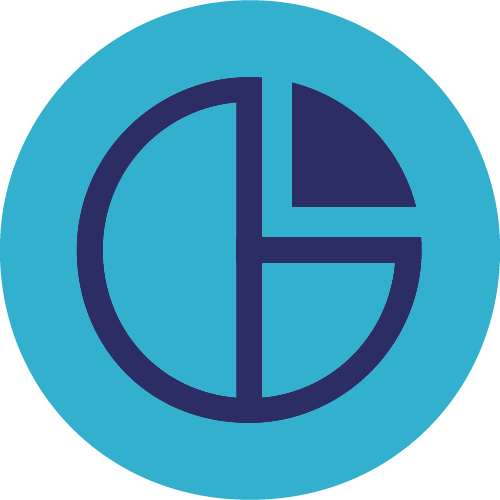…Heard at the Measuring What Matters Co-design Session
On July 28th we held our co-design session for alumni of the Measuring What Matters (MWM) program, coaches, Mission Capital staff involved in the program and the Good Measure Alumni – as well as four staff from our outside contractor, Knology. The 3.5 hour session was inspirational for this lover of both evaluation and community driven work and serves as a model for how to engage communities (in this case the MWM community of Mission Capital, Funders, Coaches and Nonprofits who have participated in the program) in the design of evaluation efforts.
In this post, I highlight key ideas, paraphrased from participants, and how they reflect on the larger Collective Impact goal of being led by those we serve in the work we do. This co-design session sought to bring the voices of the lived experience of the MWM program into the work of designing what the evaluation of Good Measure’s longest standing program should look like. If you haven’t noticed, all of the Good Measure work in 2021 has been led by program alumni – in collaboration with Mission Capital and Steering Committee. Mission Capital is walking the walk toward a process of shared power and decision making in our Collective Impact work. - Kristin duBay Horton
This “hot off the presses” blog post of last week’s co-design work is my personal reflection. It has been reviewed and edited by Knology staff – but speaks to all of you trying to achieve equity by centering the voices of lived experience in the work. It highlights how Measuring What Matters historically would meet the equity goals that we would center in 2021 – but honesty is part of a learning process – and as we are a learning organization, we share those as proudly as we share our groundbreaking plans for the future.
I started working at my agency for $10/hr with a lot of people [with histories and experiences] that looked like me. Measuring what Matters helped me move up personally within my organization – it helped my own personal trajectory to a place where not a lot of people look like me…. but I wonder if it also perpetuated a system where a high school degree (instead of a GED), a college degree, a master’s degree became key to success. I wonder if Measuring What Matters can build a system that undoes the white supremacy in rewarding that sort of background and accomplishment.
The co-design session moved between discussions of the impact of the MWM program on individuals and on the nonprofit system in Central Texas. This was a difficult walk to maneuver. Participants wondered whether asking a single program to change a system was reasonable – also recognizing that many of the Good Measure programs work together to raise the bar around data and evaluation in non-profit programs.
At the start all we wanted to do was to encourage the non-profits that we funded to use data and evaluation to drive decision-making. These larger questions about equity and community driven processes came later. We can’t judge those first MWM classes with the standards we would use today.
One of the steering committee members who has been part of Good Measure since the very beginning highlighted the evolution of the program over time. The biggest complicating factor is evaluating a program that has been up and running and adapting for six years. Nor can we ignore the changes that happened to the entire world in 2020 – with COVID and a new common understanding of the modern-day implications of structural racism.
What COVID and 2020 changed was being able to say out loud to funder and other partners that community voice had to be part of the decision-making process.
One co-design participant talked about the new ability to push back with her funders, and about asking to collaboratively consider the outcomes and measures to determine programmatic success. She noted that 3 years ago, prior to her Good Measure enrollment, she might not have considered pushing back to funders – but that with their training and the power of 2020 – funders are willing to have these discussions.
I want to live in a world where philanthropy and nonprofits don’t need to exist.
Throughout today’s discussion I wrote down ideas, paraphrased from the workshop notes, that I would put on a t-shirt. The idea of nonprofit programming that seeks to empower communities to put themselves out of a job is refreshing – and scary. How can the Central Texas nonprofit sector work itself out of a job?
We originally anticipated that the results of the session would be used to develop a survey, interview and focus group instruments for evaluation. However, the feedback we got from participants stimulated a lot of new ideas that collectively we will spend some time sifting through. This evaluation will continue to include your voice. We will be reaching out in the near future to share the final evaluation plans and ask for your continued participation in improving the future of what Measuring What Matters offers. Please respond to the email, pick up the phone. You can read more about our evaluation approach here and here. The strength of this community based participatory evaluation effort is only as strong as the weakest link.
Mission Capital’s Collective Impact work seeks to be driven by the non-profit communities we serve. Make your voice heard!

